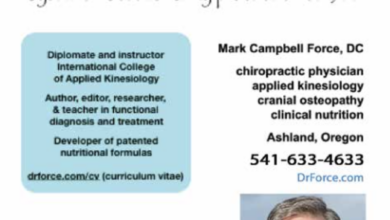The Elephant in the Room: Chemical Intolerance
People who have chemical intolerance can’t escape. They suffer from the air they breath, what touches their skin, and what they eat. Seemingly everything around them triggers suffering. Being in a moldy room, eating food with artificial colors and flavors, being in a room with new carpeting, being near someone with strong perfume, eating/drinking or even smelling wine, cheese, or cultured foods. Paint, finishes, auto exhaust, air pollution, even soils trigger reactions. Cosmetics, soaps, shampoos, and even the residues of soaps, fabric softener, and dry cleaning solution cause problems. Often patients tell me they’re “allergic” to everything.”
Chemical intolerance triggers mood swings (can be extreme), headache, irritability, aggressive behavior, feeling over stimulated (may trigger hyperactive behavior), anxiety, insomnia, nightmares, sleep walking, bed-wetting, night sweats, dark circles under eyes, redness of face and ears, fatigue, abdominal pain, gas, bloating, indigestion, constipation and/or diarrhea.
Symptoms can include inflammation, pain, and abnormal blood clotting, headaches and hypertension. Feeling “toxic”, tired, sore, achy, foggy-headed, and depressed.
People who have many food allergies, typically, in reality, have chemical intolerance reactions that have either been assumed to be allergies or have tested false positive on lab testing.
Chronic inflammation of the central nervous system due to chemical intolerance can result in Fibromyalgia Syndrome, Chronic Fatigue Syndrome, Multiple Chemical Sensitivity, Toxicant Induced Loss of Tolerance, Irritable Bowel Syndrome, Migraine Headache Syndrome and other chronic and complex illnesses.
How common is this problem? Dr. Claudia Miller is a prominent physician who specializes in this area, has written books, developed diagnostic screens for chemical intolerance, and has published peer-reviewed studies on chemical intolerance. It is a personal passion due to her multiple chemical sensitivity. In 2012, she was coauthor of Chemical Intolerance in Primary Care Settings: Prevalence, Comorbidity, and Outcomes published in the Annals of Family Medicine.
Patients entering a family practice for care were screened using a questionnaire Dr. Miller designed and has been used extensively for research of chemical intolerance. The conclusion?
“Chemical intolerance occurs in 1 of 5 primary care patients..!”
Further, the group that tested for chemical intolerance was composed of patients who tended to have chronic and complex illnesses that were poorly defined and historically responded poorly to care. People in this group also tended to have “multiple comorbidities” meaning they had a lot of health problems.
It has been a blessing to be involved in this area of health care for many years. It typically produces results for people who have otherwise had no answers. For the last few years I’ve been writing and teaching doctors around the country about this issue and have developed a patent-pending nutritional formula that consistently improves tolerance.
For more info go drforce.com/chemical-tolerance


